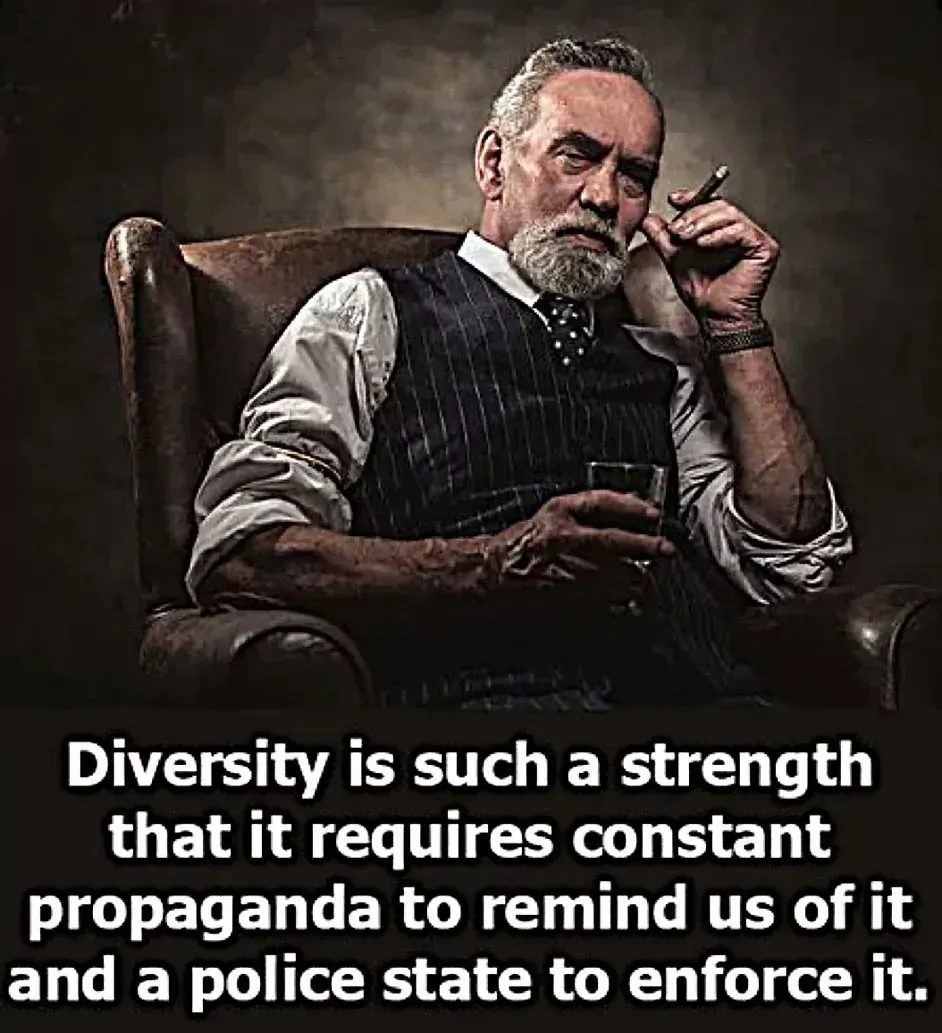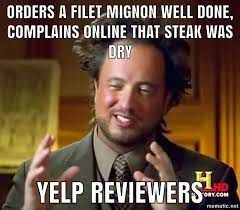Ancient Origins of Religion

The Deep Roots of Religion: From Tribal Rituals to Monotheism
By Alan Marley
Religion didn’t begin with grand temples or neatly bound sacred texts. Its roots reach deep into the shadowy caves and communal hearths of our earliest ancestors. Long before formal doctrines and hierarchies, humans stared into the darkness of the unknown — the weather, death, dreams — and began to tell stories to make sense of it all. What we call “religion” today is the product of that ancient impulse to explain, to connect, and to give order to life’s mysteries. This article traces the earliest layers of religion as visible through archaeology and anthropology, showing how belief systems that now seem fixed and timeless actually evolved through thousands of years of human trial, error, and imagination.
Animism: The Spirit in All Things (50,000–10,000 BCE)
The oldest spiritual systems were almost certainly animistic. Animism isn’t a single religion but a worldview — the sense that everything in nature possesses a spirit, consciousness, or life force. Trees, rivers, mountains, animals, and even the wind were alive with meaning. For Paleolithic hunters and gatherers, this wasn’t a fantasy but a framework for survival and community. A river spirit could explain why the water flooded one year but not the next. An animal spirit could be thanked for a successful hunt — or appeased after a failed one.
We see strong hints of these beliefs in the breathtaking cave art at sites like Lascaux and Chauvet in France or Altamira in Spain. These aren’t just paintings of animals to show off early artistic skill. Many anthropologists argue they represent attempts to connect with the spirit world, to ask for good fortune, or to honor the animals who gave their lives to feed the clan (Mithen, 1996). Hybrid figures — part human, part beast — suggest an early belief that humans and animals shared a sacred bond, a fluid spiritual boundary.
E.B. Tylor, one of anthropology’s founding figures, proposed that animism was the “minimum definition of religion” — a universal starting point for spiritual thought (Tylor, 1871). What’s striking is how enduring this worldview has been. Indigenous cultures worldwide — from the Shinto of Japan to Native American traditions and many African cosmologies — still live out variations of animistic belief. They remind us that seeing nature as alive is not some quaint superstition but a deep human way of relating to the world, one that helped our species build early moral codes about reciprocity, respect, and balance.
In a time when survival depended on forces beyond human control — wildfires, droughts, predators — animism offered meaning and, in some sense, hope. Modern people often think they’ve outgrown such beliefs, but echoes remain in our language and imagination. We still talk about “Mother Earth,” “angry storms,” or “the spirit of the forest.” Animism was never just about spirits — it was about seeing a world where everything was connected, and where every tree or stone might whisper a story if only you knew how to listen.
Burial Rites and the Afterlife (100,000 BCE and onward)
Long before humans built monuments to gods, they buried their dead with care. Burial is one of the clearest archaeological fingerprints of early spiritual awareness. Why? Because to bury a body — to position it purposefully, to include objects, to mark the place — is to say that death means something more than just the end.
One of the earliest examples comes from Shanidar Cave in modern Iraq. Here, Neanderthals — not even Homo sapiens — appear to have buried their dead with flowers, as indicated by pollen traces around the skeletons. Whether or not they placed them intentionally, the pattern suggests a symbolic gesture, not just disposal (Mithen, 1996). Among early modern humans, sites like Qafzeh Cave in Israel show burials with red ochre, tools, and ornaments. These offerings point to beliefs that the dead would need these items in some other realm or that marking the body in red signified a return to the earth, blood, or life force.
What drives this behavior? Anthropologist Walter Burkert (1996) argued that burial rites are the bridge between biological reality and symbolic thinking. They show that early humans felt grief, imagined life beyond death, and developed rituals to ease the trauma of loss. Funerary practices may also have strengthened social bonds. By gathering to mourn, communities affirmed their identity and reinforced the idea that individuals mattered, even in death.
Over time, these early burials evolved into complex necropolises, ancestor cults, and massive tomb structures like the pyramids of Egypt or the burial mounds of ancient Europe. But at their core was the same idea: the dead are not simply gone. They influence the living. They might help, haunt, or judge. So we bury them with care, speak their names, and keep their memory alive.
Modern funeral traditions — from gravestones to flowers, from wakes to prayers — are echoes of this impulse. They show how, even now, the mystery of death remains one of the deepest roots of why we create and cling to religion.
Totemism: Symbol and Identity (10,000 BCE and onward)
As human communities grew larger and more complex, their beliefs grew too. Animistic thinking gave way to new forms of symbolism, clan identity, and rules for living together. This is where totemism comes in — the practice of linking a group’s identity to an animal, plant, or natural object seen as a sacred ancestor or protector.
Totemism is one of the oldest forms of organized belief. In totemic cultures, the tribe or clan might be “Bear People,” “Wolf Clan,” or “Eagle Family.” These names weren’t just nicknames. The chosen totem shaped taboos, hunting practices, marriage customs, and moral codes. It told people who they were and how they fit into the larger order of nature.
Totem poles, animal carvings, and clan emblems have been found in cultures across the world — from the Pacific Northwest of North America to Aboriginal Australia and parts of sub-Saharan Africa. Anthropologists like Tylor (1871) saw totemism as one step beyond simple animism: a system that organized people’s social and spiritual world into meaningful categories.
Totems also served a practical purpose. They bound groups together through shared symbols. They governed who could marry whom (exogamy rules in many societies required marrying outside one’s totem). They explained natural cycles, as the rise and fall of animal populations could be woven into mythic stories that carried wisdom about living sustainably with the land.
Evidence of early totemic practices appears in rock art, burial goods, and clan markings carved into bones or painted on cave walls. As humans shifted from small hunter-gatherer bands to settled communities with agriculture, totems helped hold those larger groups together — a spiritual glue for early social order.
Modern echoes of totemism survive in countless cultural traditions today. Sports teams with animal mascots, national symbols like the American eagle or the Russian bear, or even family crests and coats of arms reflect the same ancient instinct to find identity through nature. At its heart, totemism shows how religion has always been more than abstract belief — it’s a framework that helps us belong, define who “we” are, and how we stand apart from “them.”
Shamanism: The First Religious Specialist (Paleolithic to Neolithic)
Somewhere between animistic belief and early organized religion stands the shaman — humanity’s first religious specialist. Shamans were the ones who could cross the boundary between ordinary life and the unseen spirit world. They didn’t just pray; they journeyed into trance, dreams, and visions to heal the sick, foretell the future, or guide souls to the afterlife.
Mircea Eliade (1964), whose pioneering work on shamanism is still foundational, argued that the shamanic role emerged deep in the Paleolithic, when humans first developed complex symbolic thought. Archaeological evidence supports this: rock art in Europe, Africa, and Asia shows human figures transforming into animals or dancing in what appear to be ritual trance states. Some figures wear antlers or animal skins, suggesting they embodied the spirit of an animal guide during ceremonies.
What made shamans different from ordinary hunters or clan leaders was their perceived ability to control powerful, unseen forces. They were mediators between worlds. Using drumming, chanting, fasting, hallucinogenic plants, or sensory deprivation, shamans would enter altered states of consciousness. In these states, they believed they could speak with spirits, rescue lost souls, or negotiate with forces that brought disease, drought, or good fortune.
Shamanic practices are not relics of the past — they’re living traditions in Siberia, the Arctic, parts of the Amazon, Mongolia, and beyond. Even today, many communities seek out shamans for healing, guidance, and spiritual connection. What’s striking is how remarkably similar shamanic techniques are across cultures separated by vast distances. This suggests they tap into something deeply rooted in human psychology: the drive to find patterns, enter trance, and seek meaning through ecstatic states.
The shaman’s role foreshadows the priest, prophet, or mystic in later religions. But while priests often belong to hierarchical institutions with fixed rituals, shamans tend to operate on the margins — outsiders who gain respect because they stand between the ordinary and the extraordinary. They remind us that the roots of religion are not just about belief but about direct experience: the human longing to connect with realms beyond what the eye can see.
Polytheism: The Rise of the Gods (8,000–2,000 BCE)
With the Neolithic Revolution — the shift from foraging to farming — human societies changed forever. Permanent settlements grew into villages, then cities. Surplus food led to social hierarchies, labor specialization, and larger populations. And as communities grew, so did the complexity of their belief systems. Animistic spirits and clan totems evolved into vast pantheons of gods, each with specialized powers and responsibilities. This was the birth of polytheism.
In the earliest city-states of Sumer, people worshipped dozens of deities. Enlil, the god of air; Inanna, goddess of love and war; Utu, the sun god — each controlled different parts of nature and human life. The gods needed to be placated with offerings and rituals to ensure good harvests, victory in war, and the fertility of people and animals alike.
The same pattern played out across ancient Egypt, Mesopotamia, India, Greece, and Rome. Burkert (1996) explains how polytheistic religions did more than explain natural forces — they gave divine legitimacy to kings and empires. Pharaohs were “sons of Ra.” Mesopotamian rulers justified their authority by claiming the gods had appointed them. Religious festivals reinforced social order, creating shared myths that held diverse populations together.
Polytheism also brought early priesthoods — religious specialists who managed temples, performed sacrifices, and kept the calendar of sacred days. Temples became centers of wealth, culture, and even early science. The ancient Egyptian priesthood, for example, recorded astronomical observations to align festivals with the solar cycle, helping develop early mathematics and writing.
Unlike later monotheism, polytheism is flexible and pluralistic. New gods could be adopted or merged. Conquered peoples’ deities were absorbed into larger pantheons. In this way, polytheism helped empires expand by providing a shared spiritual language that didn’t erase local identities outright.
Even now, polytheistic systems survive and thrive. Hinduism remains a vibrant, complex network of deities, rituals, and local traditions. Folk religions around the world still honor multiple spirits, ancestors, and divine beings. They remind us that belief in many gods is not primitive superstition but a deeply human way of mapping life’s unpredictability onto a world of meaning and relationships.
The Evolution of Monotheism: Israel and the Influence of Empire (1200–500 BCE)
Modern monotheism — the idea that one all-powerful, universal God rules everything — didn’t appear overnight. It evolved gradually, shaped by centuries of cultural exchange, political upheaval, and theological debate. Nowhere is this clearer than in ancient Israel.
Early Israelite religion was not pure monotheism. Archaeological and textual evidence shows it began as henotheistic — meaning Yahweh was worshipped as the chief god of Israel, but other gods were acknowledged to exist. The name “El,” an older Canaanite high god, is woven into Hebrew place names and personal names like Isra-el or Beth-el (Smith, 2002). Over time, the attributes of El were absorbed by Yahweh as Israelite religion moved toward a single, supreme deity.
What drove this evolution? Some scholars, like Finkelstein and Silberman (2001), argue that Israel’s transition to true monotheism was shaped by trauma and empire. The Babylonian exile (586–539 BCE) was pivotal. When Babylon destroyed Jerusalem and deported its elites, the old ways — local shrines, sacrifices at a single temple — were shattered. Far from home, Israelite scribes and prophets wrestled with big questions: If Yahweh was the one true god, how could his people be conquered? Why did he let his temple fall?
This period likely saw the final redaction of the Torah — Israel’s foundational texts — as exiled priests and scholars rewrote and reinterpreted older myths. They borrowed ideas from Babylonian epics like Enuma Elish and Gilgamesh, recasting them to emphasize moral laws, covenant, and a universal creator. This was a radical shift: instead of multiple gods bickering over the cosmos, one just God ruled all, demanded moral behavior, and rejected idols.
Monotheism spread through the influence of these texts and ideas long after the exile. Over centuries, Jewish belief shaped Christianity and Islam, two of the world’s major monotheistic faiths. Ironically, the very empires that tried to crush the Israelites ended up spreading their vision of a single, righteous God.
This doesn’t diminish the faith modern believers hold. If anything, it shows how resilient and adaptive belief can be — born in the chaos of conquest, refined through storytelling, and carried forward by communities determined to find meaning in suffering.
Conclusion: Religion as Human Inheritance
Looking back across tens of thousands of years, it becomes clear that religion was never handed down fully formed from the sky. It grew out of the same human urges that shape all our culture: fear of death, awe at nature’s power, gratitude for life, and the need for community. From animism to polytheism to monotheism, belief systems evolved to meet the challenges of each age.
Seeing religion this way doesn’t make it less meaningful. It reminds us that faith is a bridge — connecting generations, giving us tools to understand suffering and joy, helping us live with questions that may never be fully answered.
When we study these roots, we don’t strip away the sacred; we find its deepest layers. Religion, at its best, still calls us to ask the same timeless questions: Who are we? Where did we come from? And what larger story do we want to belong to next?
References
Burkert, W. (1996). Creation of the Sacred: Tracks of Biology in Early Religions. Harvard University Press.
Eliade, M. (1964). Shamanism: Archaic Techniques of Ecstasy. Princeton University Press.
Finkelstein, I., & Silberman, N. A. (2001). The Bible Unearthed: Archaeology’s New Vision of Ancient Israel and the Origin of Its Sacred Texts. Free Press.
Mithen, S. (1996). The Prehistory of the Mind: The Cognitive Origins of Art, Religion and Science. Thames and Hudson.
Smith, M. S. (2002). The Early History of God: Yahweh and the Other Deities in Ancient Israel (2nd ed.). Eerdmans.
Tylor, E. B. (1871). Primitive Culture. London: John Murray.










